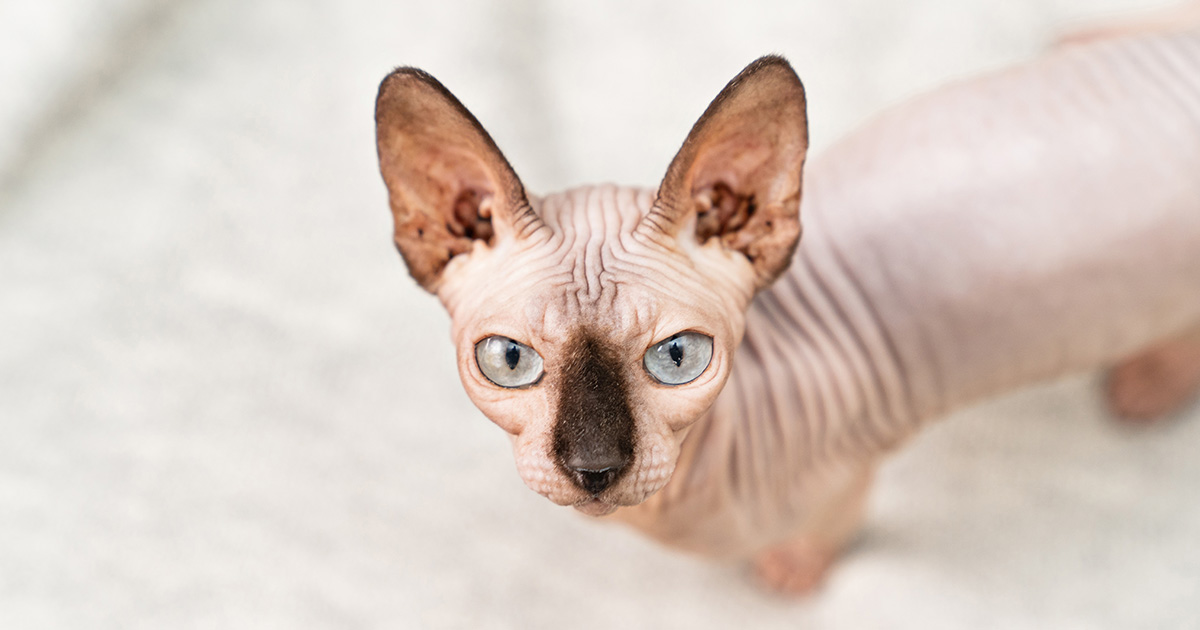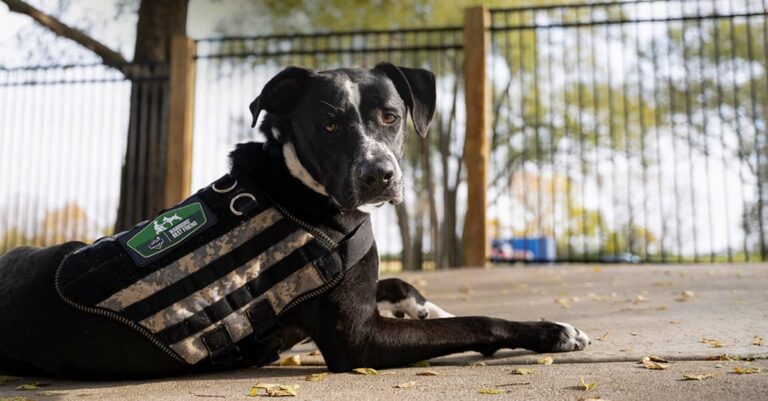If you love cats but you turn into a puffy-eyed ball of sneezes at the mere site of one, don’t give up on your dream of cat ownership just yet. Even though cats are one of the most allergenic animals, there are some breeds that are less likely to cause the sneezies than others — including some long-haired breeds.
Hair Is the Carrier, Not the Cause
It may surprise some people to know that it’s not actually cat hair or dander (dead skin cells) that cause an allergic reaction in people, it’s the proteins on the hair and dander. These allergenic proteins are found in cat saliva and skin glands. For people with an allergy to cats, it’s usually the Fel d 1 protein they’re allergic to, although cats do produce other allergenic proteins.
When a cat grooms themselves, the Fel d 1 protein is spread through their hair and dander. Dander in particular is very small and can float in the air for a long time, spreading the allergen throughout the house.
A 100 Percent Hypoallergenic Cat Is a Myth
Cat breeds labelled as “hypoallergenic” may shed their hair less or produce less Fel d 1 protein, but there is no cat (or dog) breed that is completely allergen-free. All cats produce Fel d 1, and most have some type of hair, even if is very fine or short. When cats are classified as hypoallergenic, it’s because they shed their hair less, have less dander or produce less Fel d 1. Breeds that are more likely to cause an allergic reaction are those that shed their hair a lot (increasing the amount of allergen in the environment) or produce a lot of Fel d 1.
The Best Breeds for Allergy-Prone Cat Parents
There are a few different reasons why some cat breeds are typically better for people with a cat allergy. Perhaps the most obvious are the breeds with very little hair like the sphynx, Cornish rex and Devon rex. These breeds have less hair to trap the allergens and they also shed less than other breeds.
There are other breeds that shed less, including some with long hair, and they also produce lower amounts of Fel d 1. These breeds include Russian blue, Javanese, Balinese, Siberian and Bengal. Remember that no cat is truly 100 percent hypoallergenic, and these breeds can still cause an allergic reaction in some people.
Stopping the Sneezing
Allergy shots are a common method tried by cat parents who find out they’re allergic to their cat and are looking for a way to continue cohabitating without the sneezes, puffy eyes or itchy skin. However, allergy shots can be expensive and require many, many injections which in the end may not work completely.
Grooming your cat often and giving them a bath regularly can help reduce the amount of hair and dander (and therefore allergens) released into the environment. But this could end with you wet and your kitty unhappy, unless you have one of the rare cats that actually like water. A diet that’s rich in high-quality, highly digestible protein, essential omega-3 and omega-6 fatty acids, vitamins A and E, and zinc could also help manage shedding.
Another possibility on the horizon is a vaccine that aims to neutralize Fel d 1 by producing antibodies against the allergy-causing protein. In one study, cats were vaccinated against Fel d 1 and their owners’ allergy symptoms assessed. The researchers found that the owners could spend more time petting cats before their allergy symptoms started and their symptoms were reduced during the study period.
A cat allergy doesn’t always mean that you can’t own a cat — there are some breeds that are less likely to cause an allergic reaction than others. But keep in mind that every cat has the potential to produce allergens.
RELATED POST: Shedding Control From the Inside Out







